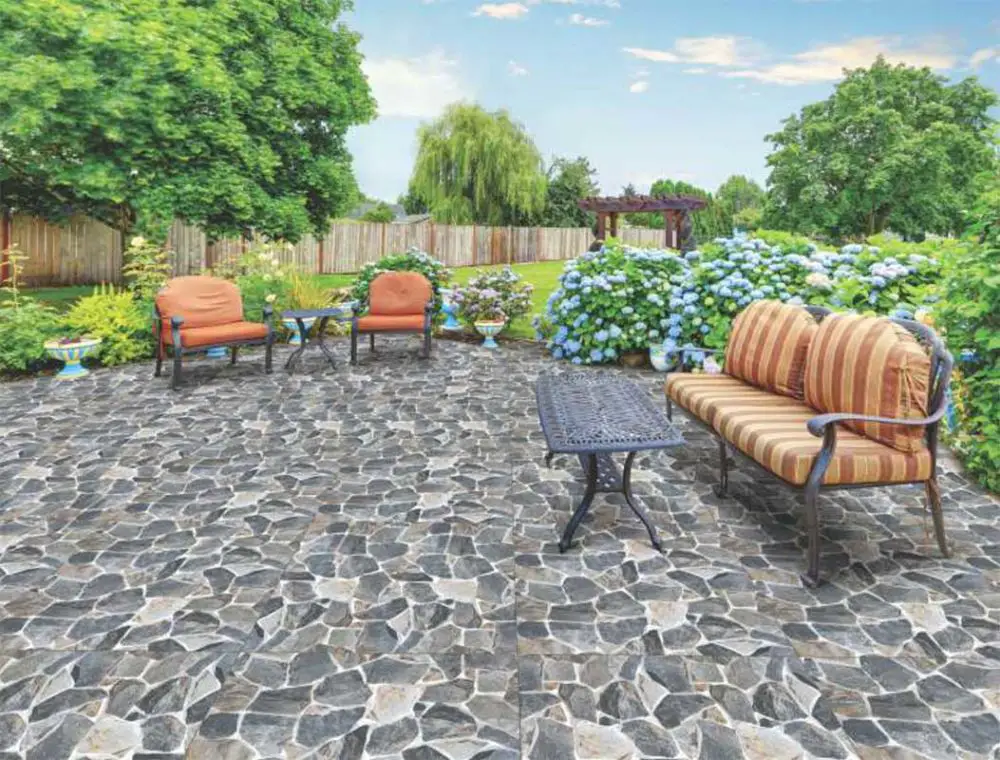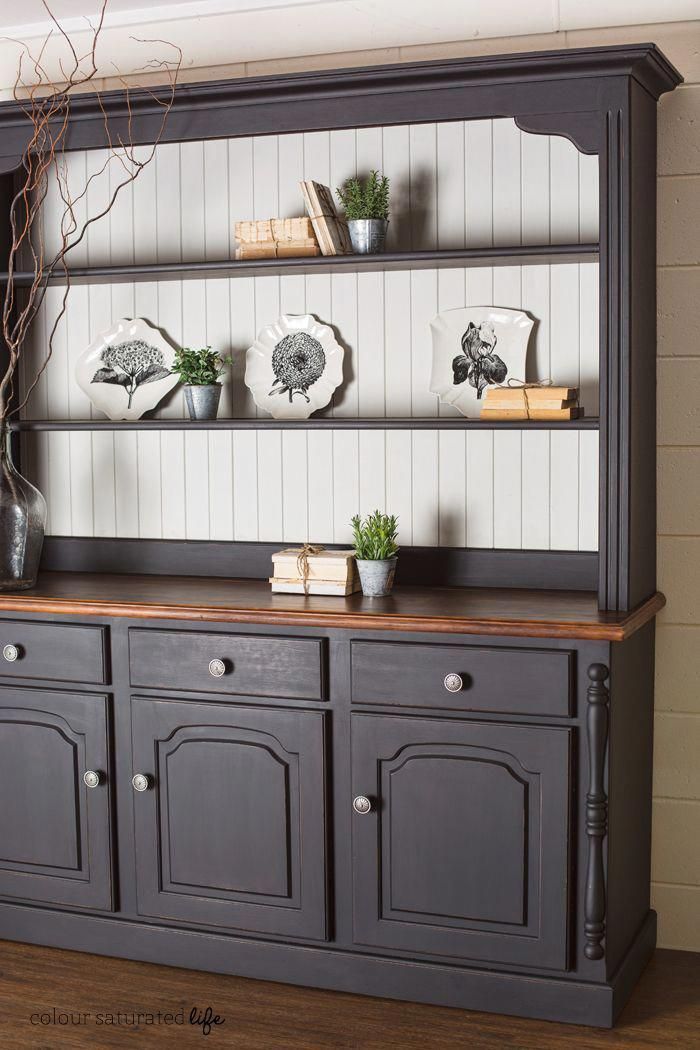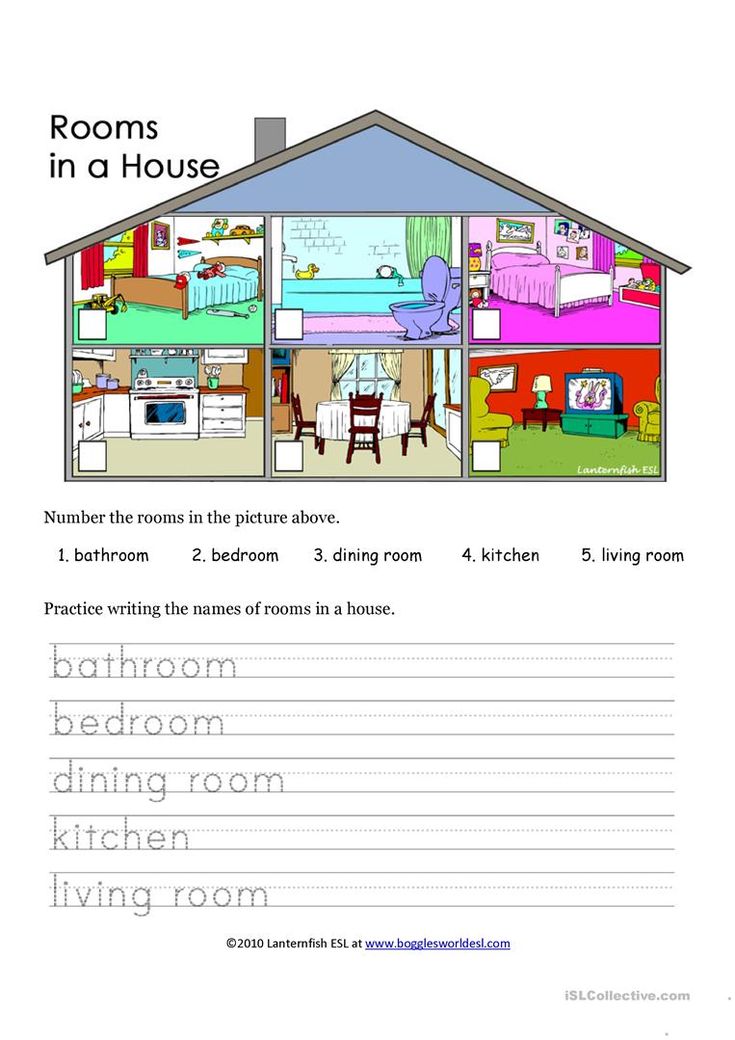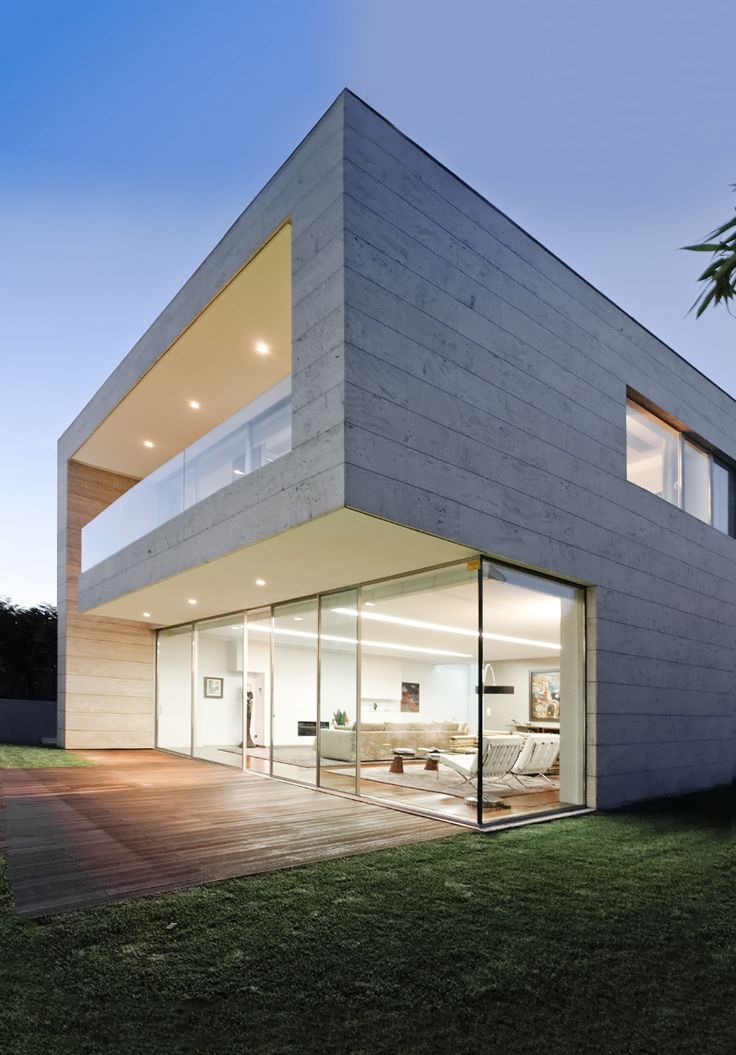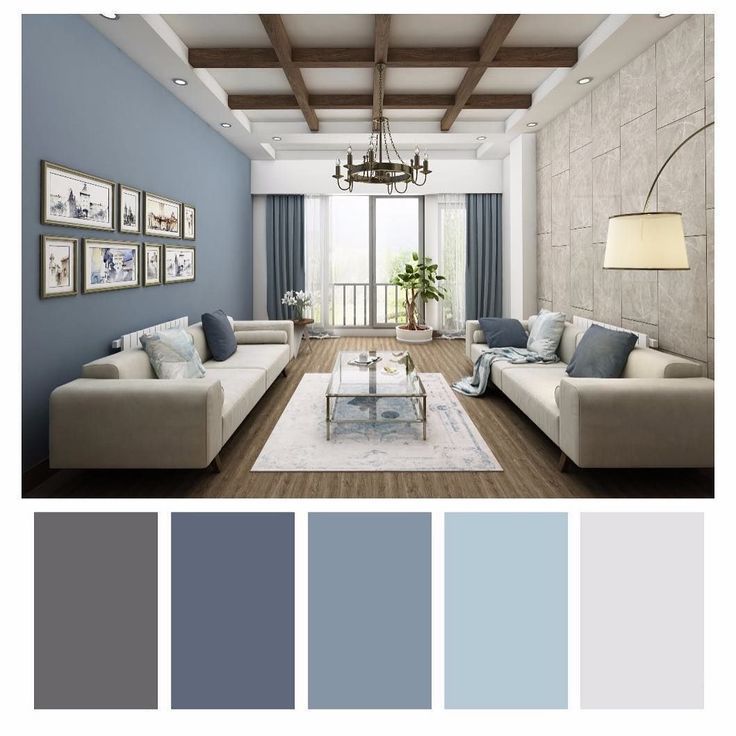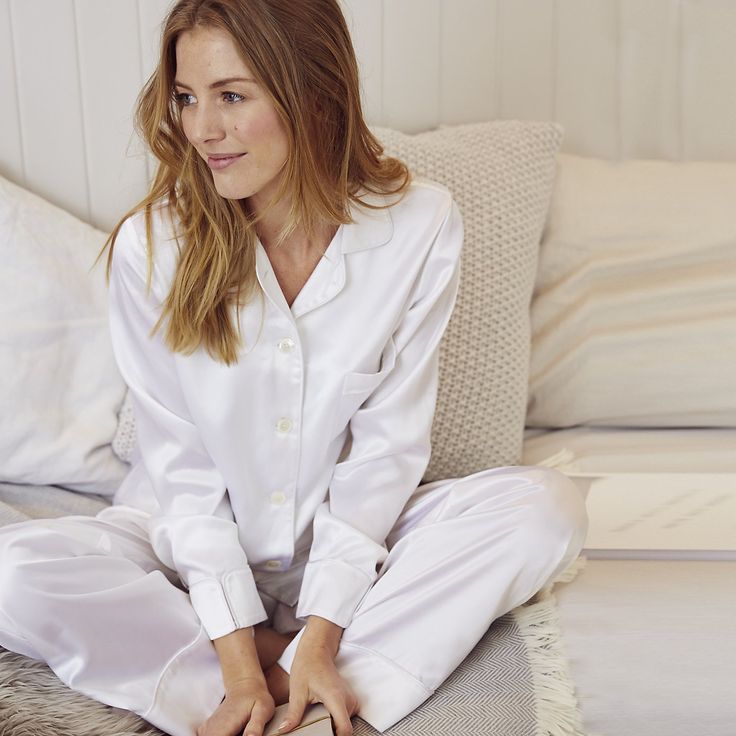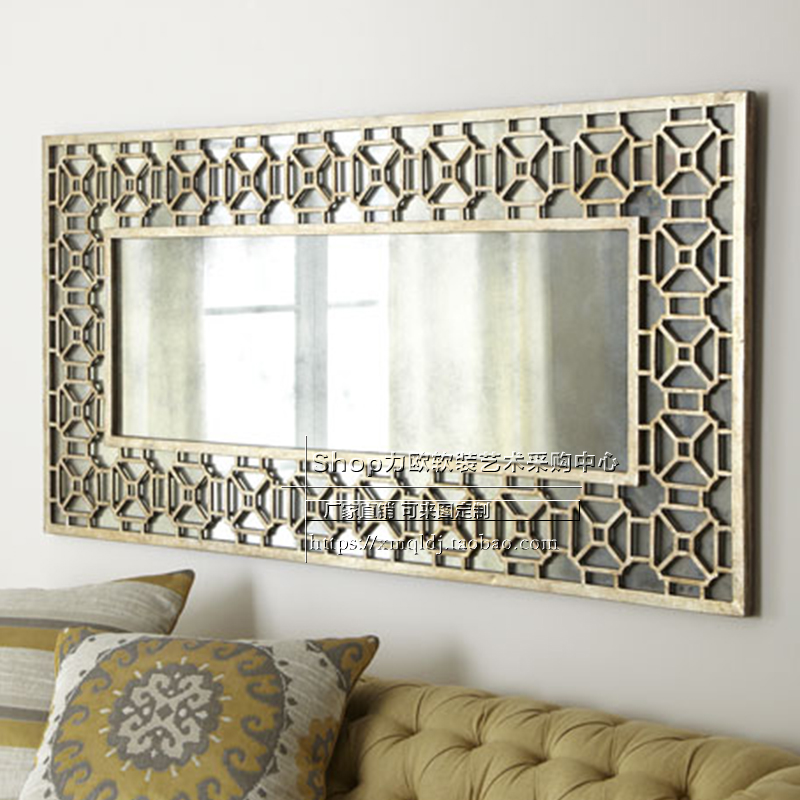Barn conversion living room ideas
Barn conversion ideas – ways to transform old farm buildings into stunning homes |
You’re in for an exciting ride if you have these barn conversion ideas in your life. Steeped in history, these buildings are fizzing with character and a sensitive conversion will highlight all their charms, from rustic beams to dramatic open-plan spaces.
A barn conversion is one of the best ways to enjoy all the delights of a country living, in a building that’s tailored to meet your every need.
With expert help from a specialist architect and plenty of attention to detail, all the features and attributes of modern living can be incorporated and a barn will become a much-loved family home, ready for whatever the future has in store.
Let's start with a list of inspirational approaches to the transformation...
1. Open up to the experience
(Image credit: deVOL)
With spectacular views over the Kent countryside, an open-plan arrangement was a must for this barn.
The working part of the kitchen was carefully planned to divide it from the main living space. A functional island sits at the junction, one side providing access to abundant deep drawer space and the other revealing a decorative panel.
See: Barn conversion kitchen ideas for more ways to lay out your cooking and dining space
2. Find room for sleeping quarters
Photography/Mark Bolton
(Image credit: Charlie Luxton)
What could be more romantic than a bedroom in a barn, with all the charms of a picturesque cottage? This listed barn conversion by Charlie Luxton Design was defined by the trusses, which were also listed and had to be retained.
‘The trusses dictated the height of the upper level for the bedrooms,’ says Charlie. ‘The external window was added as there is traditionally a window at high level on a barn.’
White bedrooms are perfect in a barn conversion, letting original features like beams take the fore.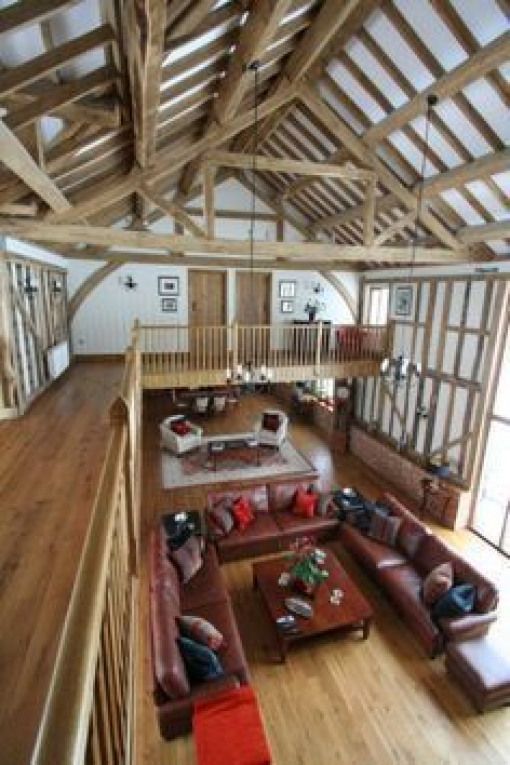
3. Take a far-reaching approach
Photography/Sarah Blee
(Image credit: Blee Halligan)
Transforming a barn brings the potential to achieve much more, both practically and architecturally, especially if it has former additions.
‘When converting a brick barn we demolished the attached 1970s annexe at the same time, replacing it with a cedar-clad building containing five en-suite bedrooms,’ says Greg Blee of Blee Halligan Architects .
Set in five acres of woodland near Aldeburgh in Suffolk the new building has a dynamic roof shape and is entirely clad in cedar shingles.
4. Make practical use of space
Photography/Tony West
(Image credit: Haigh Architects)
When coming in from long country walks, it’s good to have a place to shrug off wet-weather gear.
In this project, a boot room, bathroom and shower room were neatly fitted into a small barn adjacent to the main building.
‘The boot room/lobby is a welcome bonus, considering the Cumbrian weather,’ says James Errington, Director, Haigh Architects .
See: Our utility room ideas will feed your imagination further
5. Reach for the stars
Photography/Taran Wilkhu for The Modern House
(Image credit: Tye Architects)
Turn a barn's soaring height to your advantage. At the Long Barn in Bedfordshire, by Tye Architects , cutouts to the upper level allow for triple-height living and entertaining areas.
These are enhanced by a triple-glazed gable end which provides outstanding views from the dining table out across the countryside.
6. Focus on the light
(Image credit: IQ Glass)
Spectacular glazing is the crowning glory of this project. The minimally framed double height sliding doors by IQ Glass set on opposite sides of the dining area flood the internal spaces with light.
For any project that includes large amounts of glazing it’s important to bear in mind how this can affect the internal temperature of the building.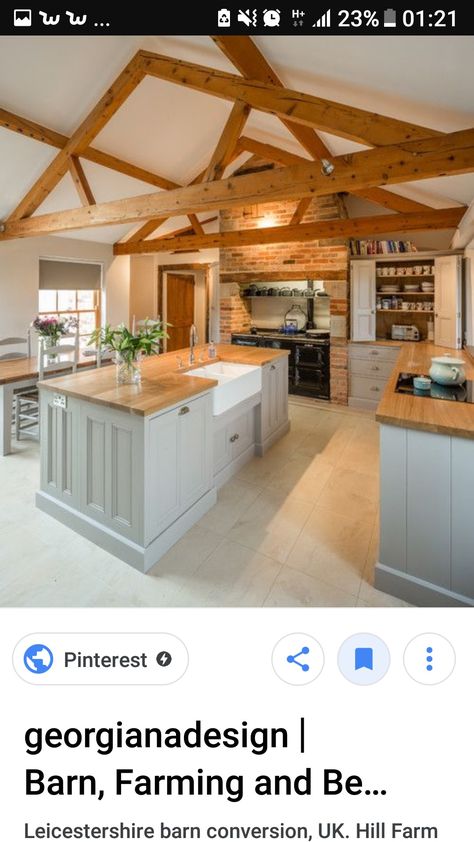
Low emissivity glass helps keep rooms warm in winter and consider including solar control coating to deflect the sun’s heat in summer.
(Image credit: Roundhouse)
The owner of this barn converted it and moved in, making way for her daughter and young family to take over the old farmhouse next door.
The building’s old beams and some period features lend a traditional flavour but the kitchen leans decidedly towards the contemporary.
The Urbo matt lacquer kitchen in Farrow and Ball Strong White and Moles Breath with Corian worktop is by Roundhouse .
‘We wanted something sleek in the space; the picture window on the corner of the space brings the outside in and the Urbo style kept the look unfussy,’ says Roundhouse designer Paul Welburn.
Take a look at our modern kitchen ideas if contemporary is your thing.
8 Keep the sun in check
Photography/Adam Scott
(Image credit: A-Zero Architects)
Shading a building can be as much aesthetic as practical.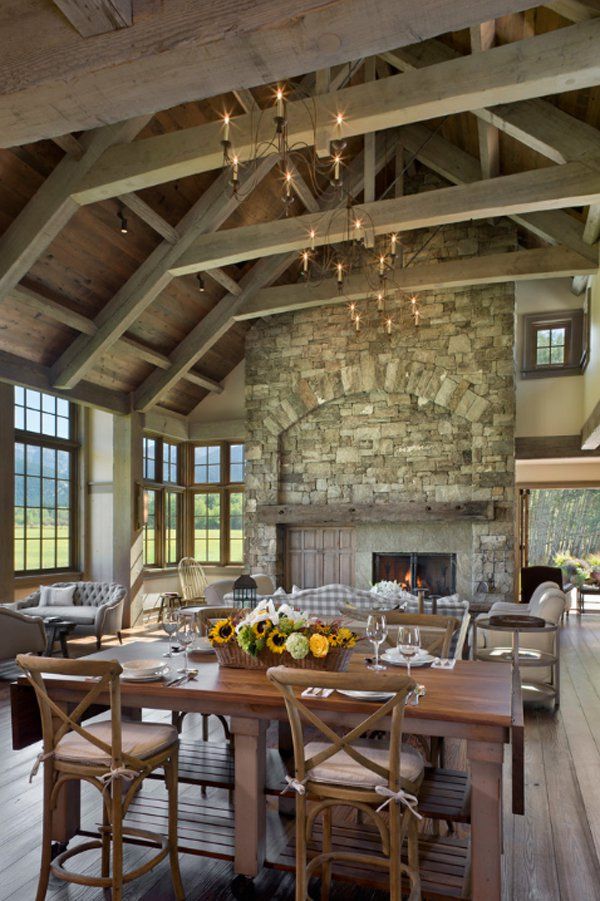
When A-Zero Architects transformed a chicken shed, retaining the height and shape of the roof and replacing the roof trusses with a scissor truss, they opted for slatted screens at the windows and cladding in British Larch by Vastern Timber .
‘The screens help to reduce solar gain, which was a consideration for this west facing site,’ says Giles Bruce, director, A-Zero.
9. Give walkways a new lease of life
Photography/Noel Bennett
(Image credit: John Norfolk/Carpenter Oak)
When considering barn conversion ideas, devote care and attention to walkways and landings to raise their status from a mere corridor.
Timber beams and framing by Carpenter Oak provide the character and a glazed balustrade allows light to flood through to the upper level in this project, designed by architect John Norfolk .
10. Celebrate natural materials
Photography/Martin Gardner
(Image credit: RD Architects)
When converting a redundant agricultural building on an exposed hillside with panoramic views over the Chew Valley in Somerset, RD Architects opted for natural stone and a restricted material palette in order to complement the building’s heritage and its rural setting.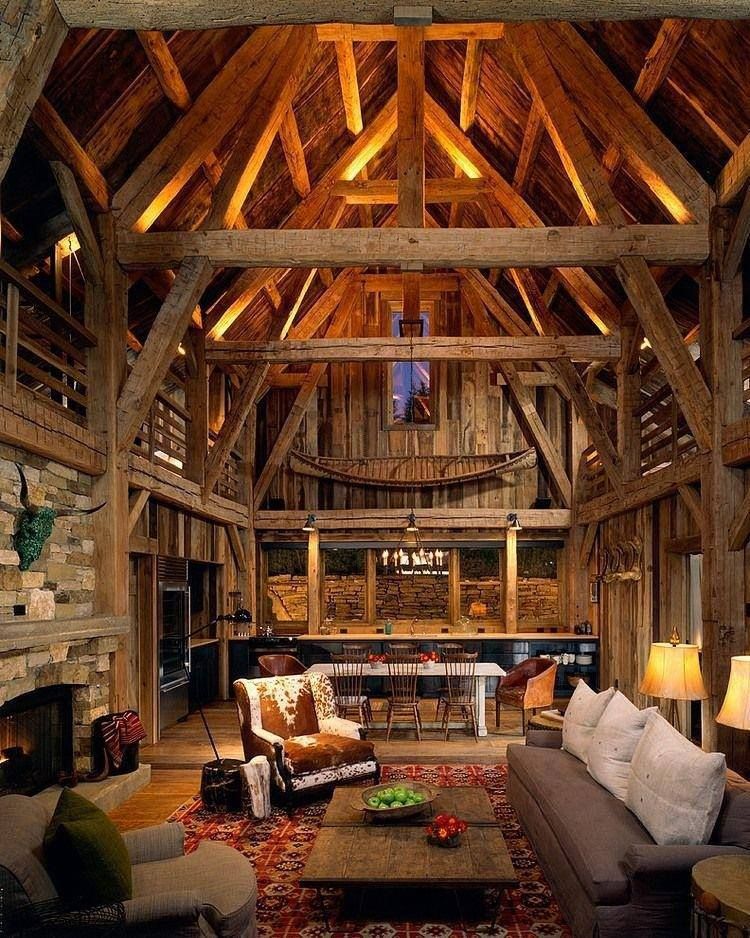
A lower ground floor was added, housing three additional bedrooms. The horizontal form of the house integrates beautifully into the surrounding landscape.
11. Divide and conquer
Photography/Anna Prideaux
(Image credit: Studio 4 Architects)
Could your project include two or more living spaces? Studio Four Architects converted three connected barns on a family farm in Hampshire into holiday accommodation; creating a four-bedroom and a six-bedroom unit.
‘The length of the barns did help, but there was a series of issues to overcome when designing layouts for the spaces which included head heights, trusses and changes in floor level,’ says Claire Lingham, Associate and Architect, Studio Four.
‘Some openings had to be formed internally, but most of the external openings existed and our design worked around these.’
Love the outdoor seating area? Check out these garden patio ideas.
12. Make use of awkward spots
Photography/Anna Prideaux
(Image credit: Studio 4 Architects)
A barn conversion often involves inserting a new level for bedrooms and bathrooms.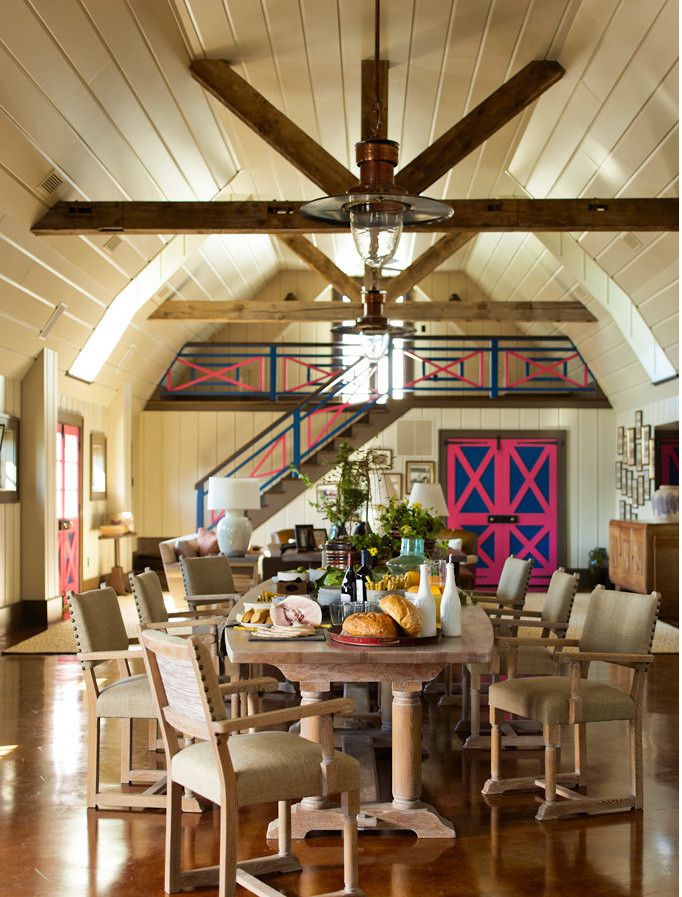
At Gambledown Farm in Hampshire there were no upper levels, so Studio Four Architects had to build them, dovetailing in this neat ensuite shower room idea.
‘One of the levels involved working around awkward truss positions, which we solved using split-level staircases to prevent people hitting their heads,’ says Claire Lingham, Associate and Architect, Studio Four Architects.
13. Respect the structure
Photography/Tony West
(Image credit: Haigh Architects)
An old building needs careful handling. The roof for this project needed to be replaced for structural reasons.
‘The original was recorded in detail for replacement using local oak timbers and traditional carpentry techniques,’ says James Errington, Director, Haigh Architects .
The external walls were repaired and partly rebuilt in places using lime mortar. New openings were kept to a minimum.
14. Find space for home working
Photography/Ed RS Aves
(Image credit: Charlie Luxton Design)
Bespoke internal features such as this bookcase with library ladder and built-in desk bring a special element to this Oxfordshire barn, converted by Charlie Luxton Design .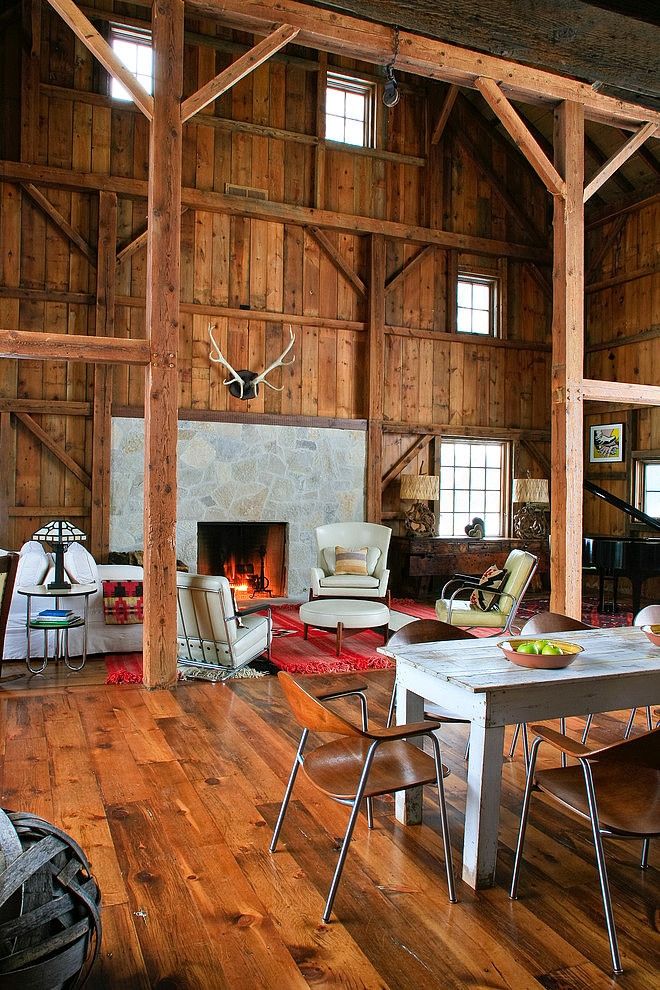
‘If you’re open to the potential of the building’s character, unique things come out of that,’ says Charlie. ‘Many barns are idiosyncratic, built and adapted by farmers over generations. I see our designs as the latest adaptive phase of this development.’
So many of our home office ideas can work within a barn conversion.
15. Choose authentic replacements
(Image credit: Apex Architecture/DPT)
If you can’t preserve beams, replacing from scratch with identical ones is the way forward.
At this barn in the Wye Valley, Herefordshire, converted by Apex Architecture , and DPT the internal beams are all new since the barn when purchased had only a partial first floor. Two steel beams at first floor level required for structural reasons were covered in one-piece oak beams, hollowed out to look as authentic as possible.
‘This helped to retain as much character and soul of the barn as possible,’ says Jon White of Apex Architecture.
16.
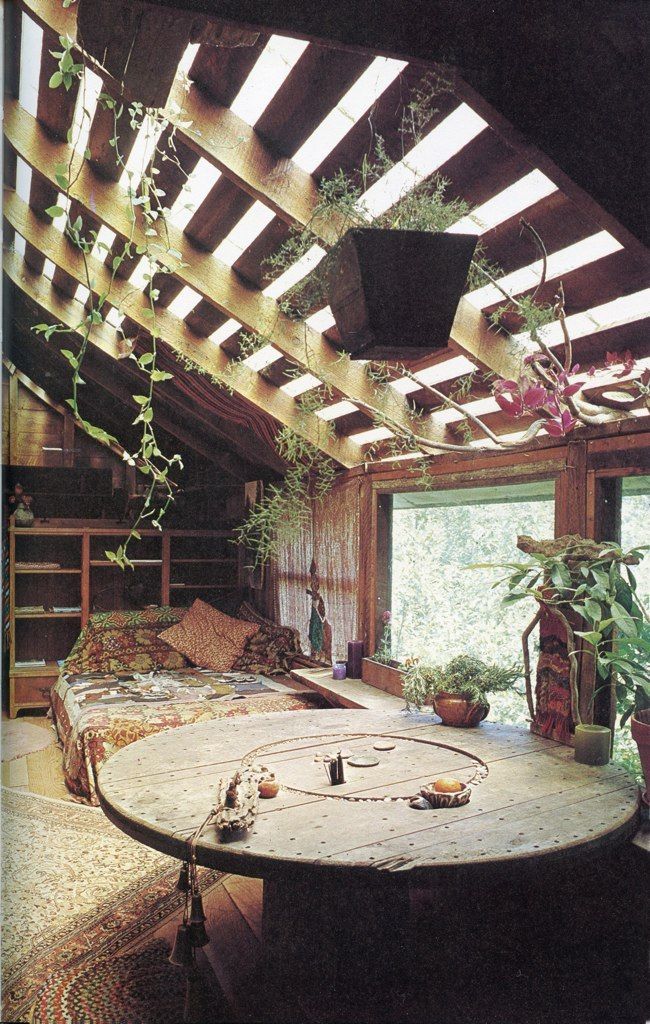 Create a welcoming entrance
Create a welcoming entrancePhotography/Noel Bennett
(Image credit: John Norfolk)
A curved, stepped path makes an entrancing approach to this barn, converted by architect John Norfolk.
‘Building and landscape design go hand in hand,’ he says. ‘The ideal is to follow the existing natural progression routes and pathways, rather than trying to force the landscape into a preconceived plan or desired style. The plan is both functional and aesthetic.’
17. Follow the utility look
Photography/Noel Bennett
(Image credit: John Norfolk)
A good barn conversion takes into account the original nature of the building.
In this case the barn was a more modern structure with large open spans and agricultural timber trusses, which were in poor condition, aesthetically unsuitable and would not support the weight of the new tiled roof.
‘Most people would expect oak trusses as the replacements, but these would have jarred with the utilitarian nature of the building,’ says architect John Norfolk.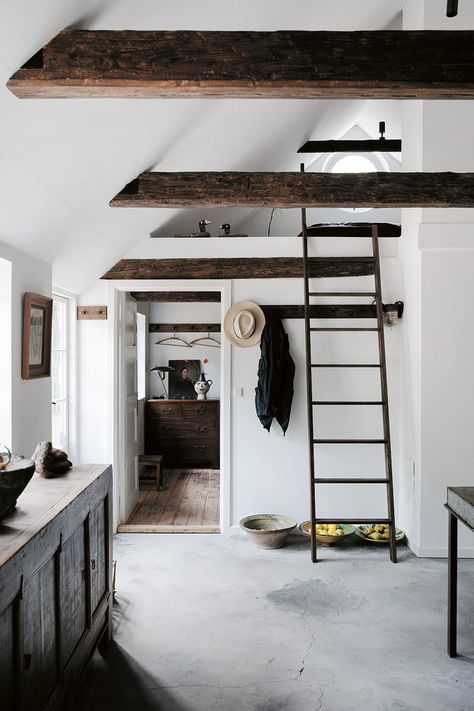 Steel was chosen, which matches in with the contemporary internal design of the barn.
Steel was chosen, which matches in with the contemporary internal design of the barn.
18. Embrace a slice of history
Photography/Taran Wilkhu for The Modern House
(Image credit: Tye Architecture)
Tye Architects trod a careful line in converting a derelict barn, sliding in a new building while respecting the frame and roof of the original barn, which dates to 1860 and had been used for 150 years as a grain store.
It is now an elegant four-bedroom family house and work studio. Natural and organic materials were used wherever possible.
How do you convert a barn into a house?
There are plenty of hoops to jump through when undertaking a conversion of this type, but the results can be extremely rewarding.
First, you’ll need permission from the local council to convert the building to residential use. Although some projects can be done under Permitted Development, others will require full planning and may be subject to restrictions.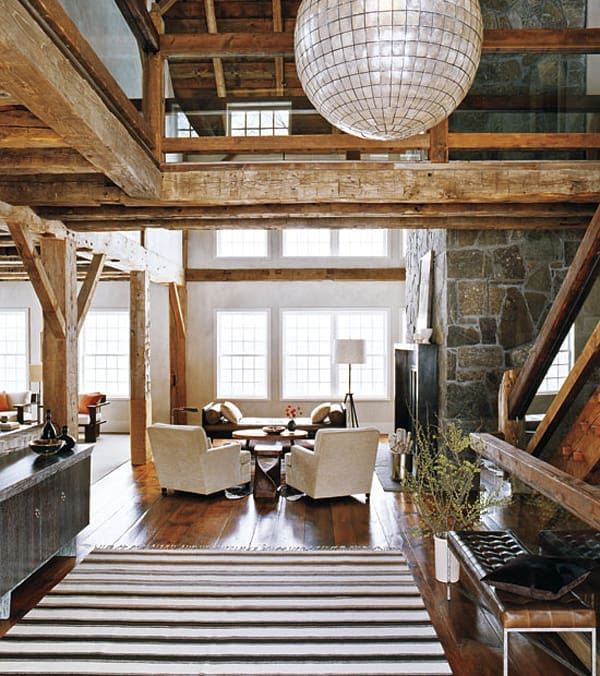
A full survey is needed to check out everything from the foundations to the roof and sometimes the environmental consequences.
The walls are likely to need insulation, new openings for doors and windows may be required and internally the space has to be divided to provide a kitchen, bedrooms and living areas, while still preserving the building’s character.
Will a barn conversion hold its value?
There’s never a guarantee as all property prices are subject to the demands of the market but a well-converted barn has something special to offer.
‘Every building is unique but some barns in locations such as the edge of towns and villages or open countryside are incredibly desirable at the moment,’ says architectural designer Charlie Luxton.
How do you decorate a barn conversion?
A barn is a great canvas to work with. Where beams and timbers are exposed, you have instant character – the task is simply to enhance it. Both country and contemporary approaches will work but a mix of the two will do justice to the building.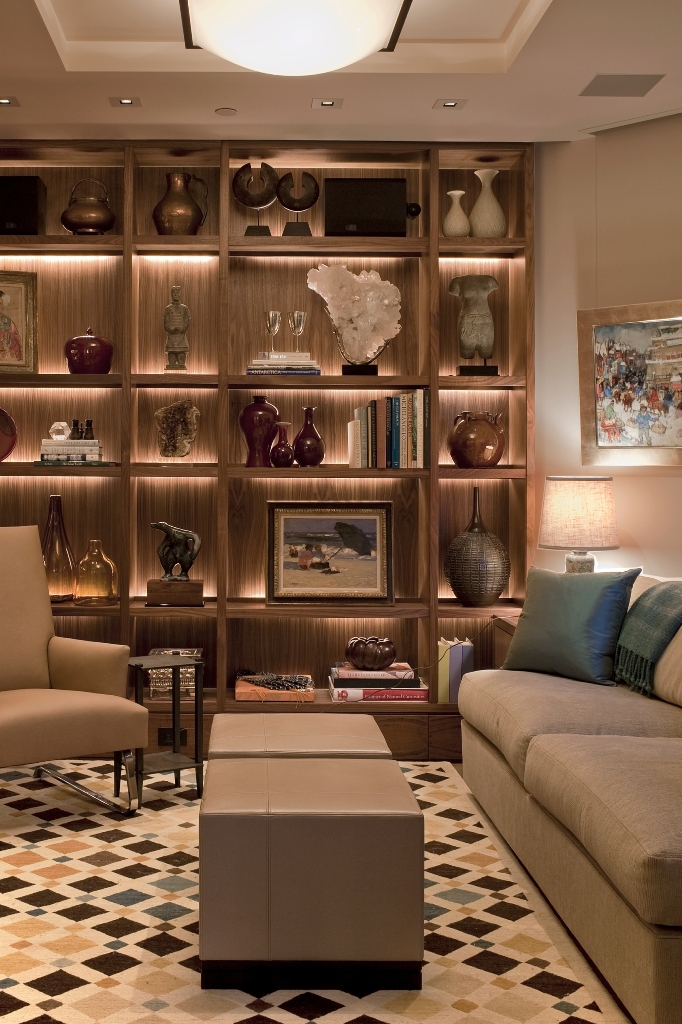 Our country living room ideas might be a good place to start.
Our country living room ideas might be a good place to start.
This type of decorating is not for the faint-hearted. A bold approach is required; small fussy patterns will be out of place so go with your gut feeling for large-scale designs or plains and stick to simple colour schemes.
The large, open plan spaces of a barn lend themselves to the way we live today but they need to be divided with care. Zoning is key. By using furniture, rugs, lighting and colour to mark out areas for living, dining and cooking it’s possible to create a coherent design without detracting from the open-plan feel.
Barn conversion ideas and designs for rustic buildings
Do you dream of buying a barn conversion when you next move, or are you the lucky owner of a beautifully converted building already?
The architecture of a barn conversion can introduce interesting design elements to an interior. The property may have areas linked by glass, or mezzanine levels that have been created to make the most of soaring, vaulted ceilings and large living spaces.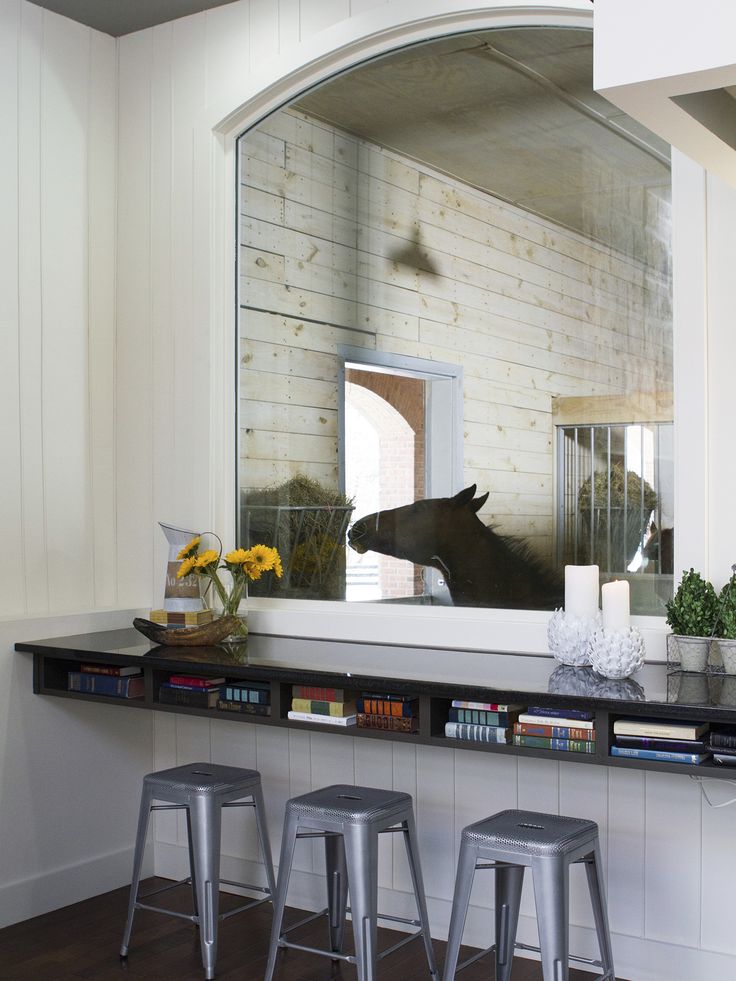
Decorate your barn in a style that will flow seamlessly from one room to another. It's a good idea to create zones to break up a large living space, with spots for relaxing and a smart eating area. Also use lighting to define each space and create atmosphere. Combine striking chandeliers with sets of pendant or exposed-bulb lighting, and mix standard and table lamps to lend a cosy feel.
While barns may be located in the country, there's no rule that says you have to opt for country style when it comes to the interior design. Modern country decorating schemes will complement the exposed wood beams and rustic features of a barn conversion, however sleek furniture can also look great in large open-plan spaces with polished wood floors and high ceilings.
Make the most of beautiful views with a picture window. French windows or bi-fold doors that open on to a garden are another common feature of barn conversions, so consider your outdoor furniture and terrace as part of the overall room design.
Whether it's the architecture or peaceful countryside locations that you love, browse through our gallery of family homes and rustic retreats, which are all packed with character and original features.
Barn conversion ideas with both modern and traditional aesthetics
1. Go open-plan
(Image credit: Future PLC/Matthew Williams)
The exposed original rustic oak beams in this modern barn conversion provide a large open-plan space – perfect for family living.
2. Introduce natural timber windows for a traditional look
(Image credit: Future PLC/Bruce Hemming)
This large barn conversion features wooden windows that help create a classic look. The spacious driveway re-inforces the building's imposing appearance.
3. Open each room out onto a terrace
(Image credit: Future PLC/Robert Sanderson)
This 19th century terraced barn features large glass windows and a landscaped garden, adding an elegant, modern feel to the property.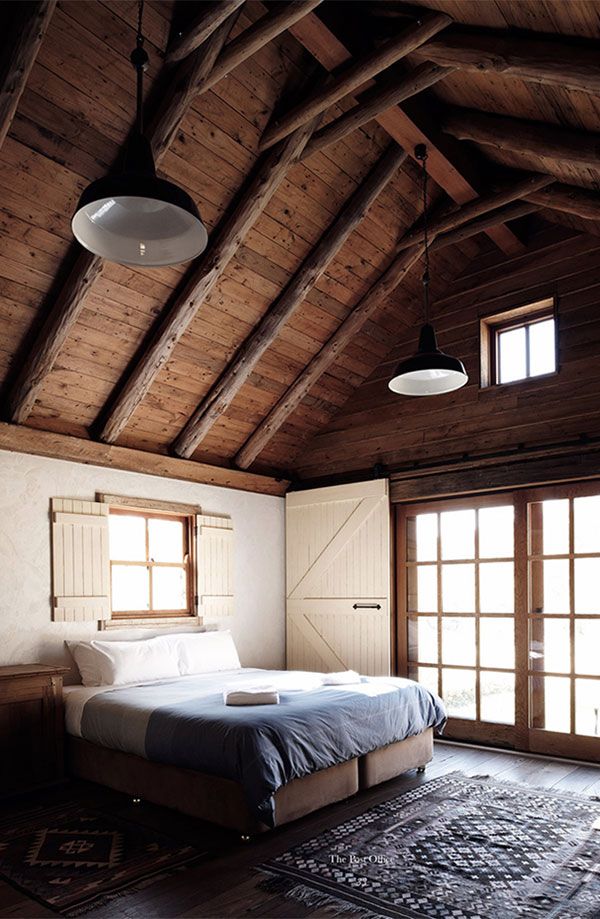
4. Paint in black for a modern edge
(Image credit: Future PLC/Brent Darby)
The extra skylights in this 19th century barn conversion add much-needed light inside, while the large patio increases the living space outside, making it the perfect family home.
5. Leave the roof space open for an airy feel
(Image credit: Future PLC/Lizzie Orme)
The original beams in this converted barn is made even more impressive by opening up the height of the building to create a bright and airy living space.
6. Reference the building's origins
(Image credit: Future PLC/Lizzie Orme)
The detailing on the wooden doors and window shutters makes this converted dairy barn welcoming and cosy.
By keeping the shutters over the modern French windows, the building references its original use and you can shut out the light in a bedroom.
7. Go big
(Image credit: Future PLC/Brent Darby)
Take advantage of a larger barn's scale by creating a spacious home, and don't be intimidated.
This huge Victorian barn is the perfect country home. The exterior features traditional black clapperboard mixed with original stone.
8/14 Country bathroom barn conversion
8. Be creative with the positioning of your plumbing
(Image credit: Future PLC/Bruce Hemming)
It's likely you'll need to start from scratch with your plumbing and electrics. And this is something to embrace. It allows you to be creative when it comes to the position of a bath or en suite. Plus, you can have as many plug sockets as you like!
The exposed beams help add a rustic feel to this neutral bathroom, situated in the centre of a spacious bedroom. French windows with white shutters inject some classic country-style.
9. Use local materials for authenticity
(Image credit: Future PLC/Colin Poole)
When restoring an old barn, it's important to use materials that suit the aesthetic of the existing structure. Try to use local, reclaimed stone where possible on a stone building.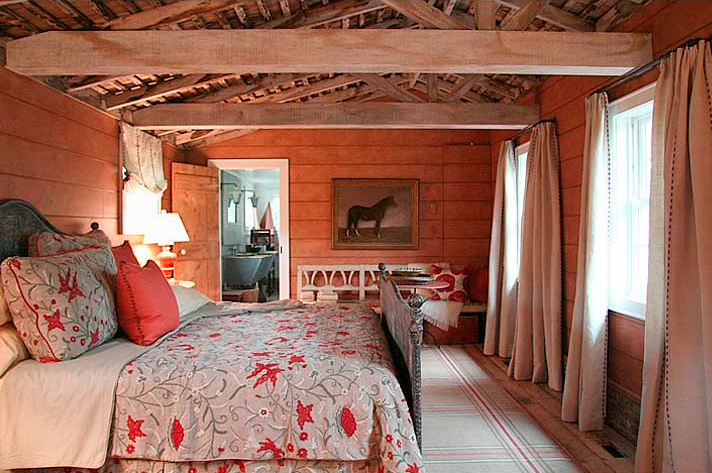 Only will this blend seamlessly with what's there, it will also have a lower environmental impact.
Only will this blend seamlessly with what's there, it will also have a lower environmental impact.
This stone barn conversion features a striking semi-circular window – perfect for adding a modern touch to a country building.
Can't get enough of barn conversions? See the essential guide to barn conversions here.
10. Mix materials
(Image credit: TBC)
The grand entrance to this barn conversion creates quite the impression upon arrival. A stylish mixture of materials adds interest to the large building.
11. Celebrate the dormer window
(Image credit: TBC)
Most barn conversions will have a large pitched roof and be much longer than they are wide. Dormer windows will therefore be the best solution for first floor rooms, with a long corridor joining them on one side.
Situated in front of a perfectly manicured lawn, this barn conversion is sleek and stylish whilst still managing to retain lots of character.
12/14 Fountain centrepiece
12.
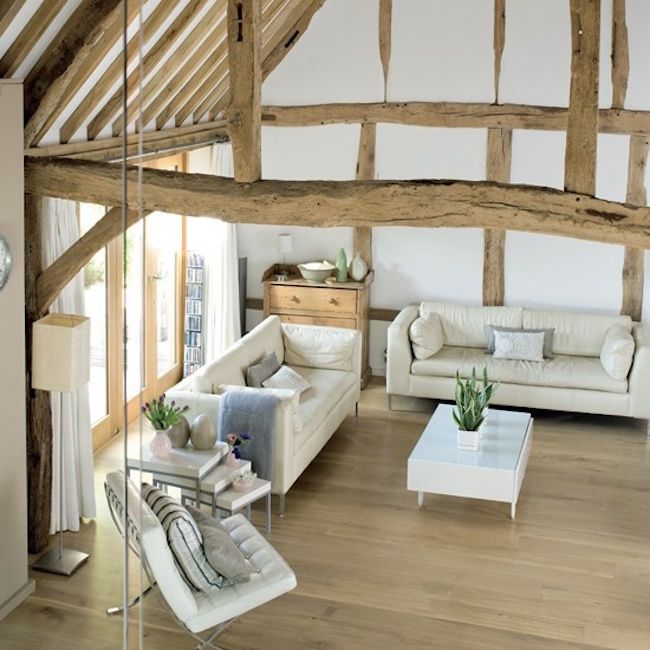 Introduce grand features in your landscaping
Introduce grand features in your landscaping(Image credit: TBC)
It can be difficult to strike a balance between a large building like a barn and the plot that surrounds it. It's best to be ambitious with your garden landscaping, reflecting the scale of your building in generously sized features such as fountains, flowerbeds and a sweeping driveway.
The clean-cut, modern windows in this home work beautifully alongside the traditional brick walls, and the fountain in the garden adds a touch of grandeur.
13. Embrace the wonky and uneven
(Image credit: TBC)
Many very old barns will have bowed walls, wavering roofs and beams that seemingly have a life of their own. But provided they are structurally sound, learn to love them. They are all part of the charm of the building.
This thatched converted country barn comes complete with a cow shed. Built originally around 1615, this house is packed full of history.
10 common mistakes - INMYROOM
In the pursuit of beauty, people often neglect simple and obvious rules.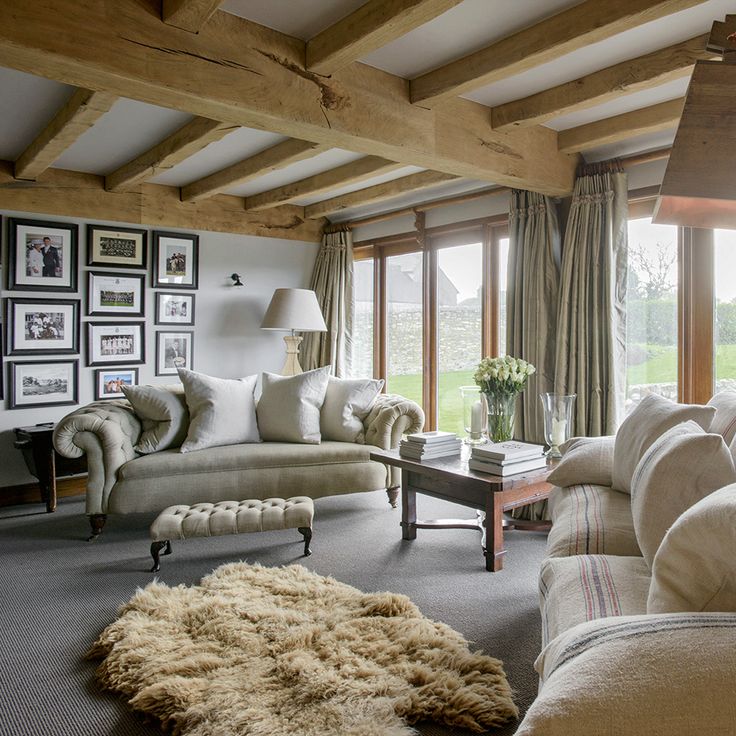 We'll show you how to avoid mistakes when decorating your living room and offer some fresh ideas
We'll show you how to avoid mistakes when decorating your living room and offer some fresh ideas
There are many mistakes which people allow by furnishing and decorating the living room. These mistakes are so common that have managed to turn into a habit: we feel that something is not yes, but we can’t say what exactly, because we have seen a similar solution a lot once and for some reason we no longer consider it wrong, although subconsciously it embarrassing. We will show you how to recognize flaws and avoid them.
1. Positioning pictures above the desired level
Many people tend to hang the pictures are too high - you have to lift your head. But it's not the worst oversight: sometimes canvases in the same room and even on the same wall hang on different height! What kind of aesthetics is there ...
It is worth remembering that for harmonious placement pictures should always be hung a little lower than you want, and so that the imaginary line - approximately at eye level - passed through the center of the paintings (remember museums and art galleries).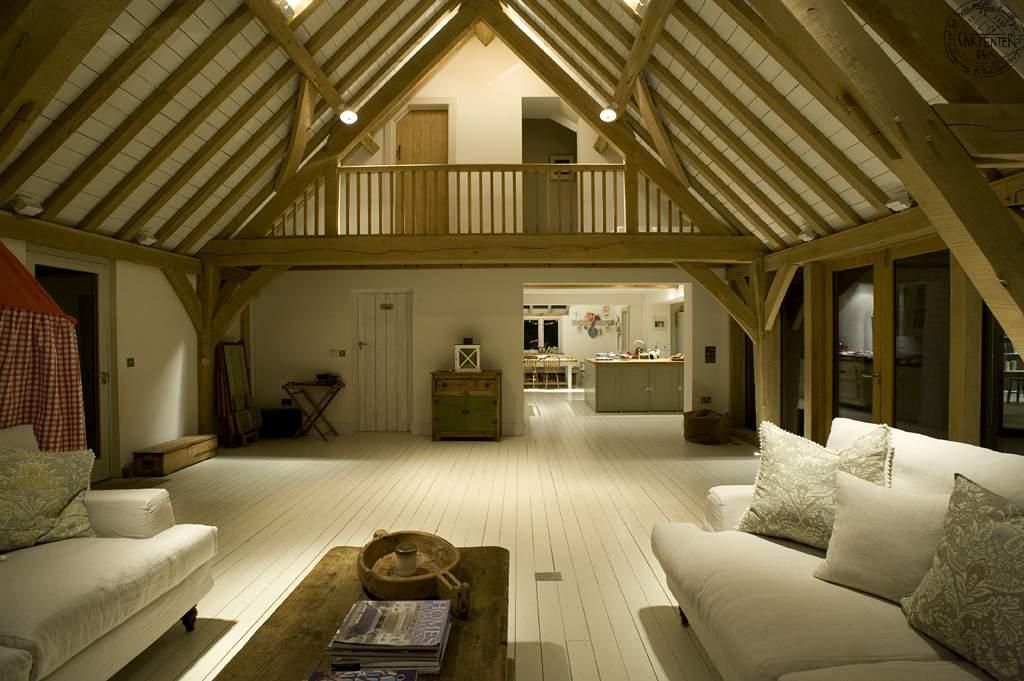 This tip also applies to plasma TVs. and mirrors hanging on the walls. And of course, as in everything, moderation is important here: filling the entire wall space with paintings or photographs is a bad idea.
This tip also applies to plasma TVs. and mirrors hanging on the walls. And of course, as in everything, moderation is important here: filling the entire wall space with paintings or photographs is a bad idea.
2. Incorrect lighting
Errors in lighting usually occur two types: it can be both a lack and an excess of light, and the first option occurs much more frequently. There should be several light sources in the room: In addition to natural light from windows, try different types of fixtures - wall sconces, floor lamps, lamps on the table. Also don't forget about elementary but very important law of physics: dark furniture absorbs light, light, on the contrary, reflects.
3. Too much furniture
Living room - a place to relax, communication and relaxation, and when arranging it, it is worth observing the principle of simplicity. A minimum of harmoniously arranged furniture (for example, not the best solution, with point of view of experienced designers - furniture around the perimeter of the room, small areas items grouped together are much better suited for spending time with relatives and friends) - pledge your peace and comfort.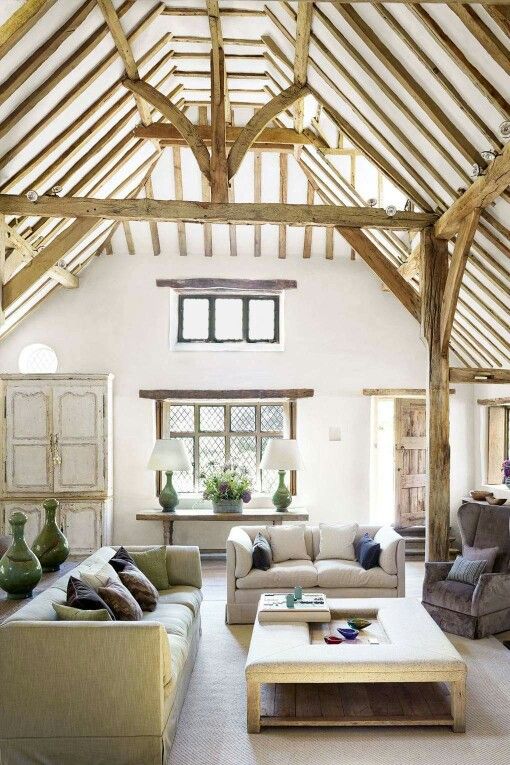 In addition, the room will not look cluttered. Avoid massive objects: they crush and hide the feeling of comfort.
In addition, the room will not look cluttered. Avoid massive objects: they crush and hide the feeling of comfort.
4. Single color
Single color - common the lack of many living rooms, perhaps precisely because of its obviousness and simplicity. Maybe it seems that a plain room is an unmistakable solution, but it is not. Furniture, accessories, walls, floors and ceilings of the same color and several of its shades, lack of bright accents is boring. The living room becomes fresh and lifeless, like a picture from a cheap catalog. Feel free to choose multiple colors moreover, it is quite possible for two of them to be contrasting.
5. Lack of space for your collection
If you collect books, records or toys, that's great, but don't stand haphazardly fill the whole room with objects of your passion. The best solution would be concentrate all the items of your collection pride in one specially place designated for that purpose. It will turn out not too colorful, neat and will help you not to waste time looking for the right book or record.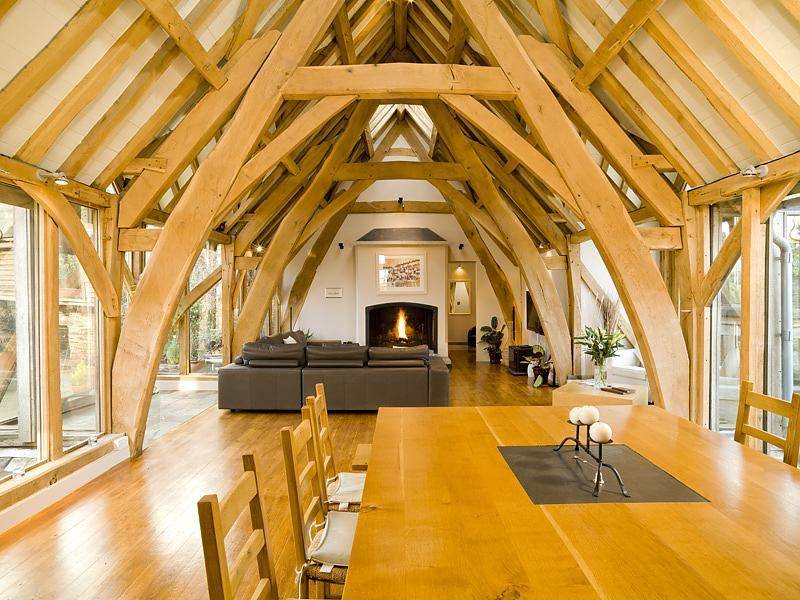 Come up with an original shelf for the collection is also a very interesting activity.
Come up with an original shelf for the collection is also a very interesting activity.
6. Lack of carpet
This miscalculation is quite understandable: people think that their new floors are beautiful in themselves and should not be hidden this is magnificence. But the carpet is a necessary condition for creating comfort, maintaining color scheme of the room, and most importantly, carpets absorb unwanted sounds.
7. Bare windows
Each window must have curtains and curtains, or at least one of the two. Blinds don't count. Windows are rude speaking, only holes in the walls, and they need to be beaten somehow, softened. Remember that curtains and curtains should match the style of the room, and their length depends on the height of the ceiling. And don't be afraid of the lack of sunlight: cotton and linen curtains let it through well. Make no mistake thinking that by not hanging curtains, you will make the room darker. But less cozy, sure.
8. Fear of dark and bright colors
It is very important not to confuse the fear use bright shades with the desire to decorate the room in all colors rainbows. There is no need to avoid bright colors, especially when it comes to individual items: accents are an important element of decor. A bright chest of drawers or a pair of piercing red pillows will refresh the interior of the living room. and become its absolute highlight. Twenty percent brightness will be quite enough. The same applies to dark colors: the sense of proportion here is yours. main ally.
There is no need to avoid bright colors, especially when it comes to individual items: accents are an important element of decor. A bright chest of drawers or a pair of piercing red pillows will refresh the interior of the living room. and become its absolute highlight. Twenty percent brightness will be quite enough. The same applies to dark colors: the sense of proportion here is yours. main ally.
9. A mixture of styles
Every room is a whole, consisting of interrelated elements in style. Even lovers of the so-called eclecticists will agree with this. A couple frankly not fitting in style items - and the interior will look ridiculous, so try stick to a single direction, be it modern, retro or country. This concerns not only furniture and accessories, but also wallpaper, flooring.
10. Miscellaneous accessories
extreme. Trying to strike a balance and striving for simplicity, some furnish their living rooms are so austere that they look uninhabited.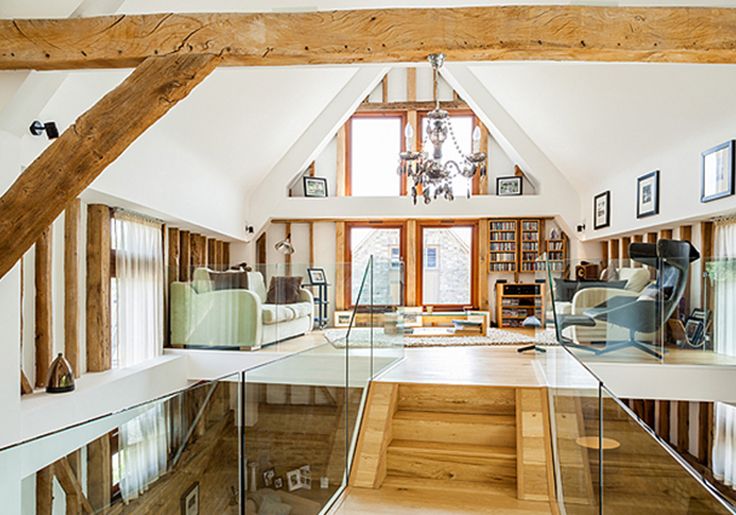 Others, on the contrary, overdoing it: mountains of sofa cushions, so many that there is nowhere to sit, figurines cluttering shelves, lots of mirrors - all this tires the eyes. Try to leave only those accessories, plants and decorations, which are in harmony with each other and the interior of the living room.
Others, on the contrary, overdoing it: mountains of sofa cushions, so many that there is nowhere to sit, figurines cluttering shelves, lots of mirrors - all this tires the eyes. Try to leave only those accessories, plants and decorations, which are in harmony with each other and the interior of the living room.
Before and after: 5 remodeled backyards
Before Photo
Todd Haiman Landscape Design
1. French Accent
Location: Brooklyn, NY, US
170 sq.m. Indeed, quite normal. For many years they tried to equip it "on their own" - planting plants in tubs along the edge of the path. But the result was not very similar to the gardens and landscapes of France. Namely, the owners wanted to get such a garden.
Todd Haiman Landscape Design
After: Guest landscape designer Todd Haiman and the team installed new cedar fences and added a blue door that doesn't actually open.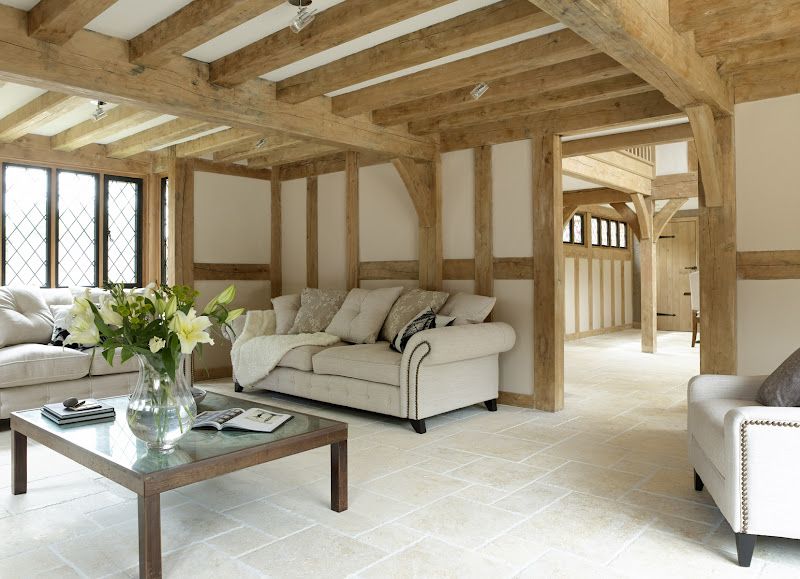 “In the French gardens of the 18th century, they made such snags that gathered a composition around themselves,” says the designer.
“In the French gardens of the 18th century, they made such snags that gathered a composition around themselves,” says the designer.
Two identical fountains have been placed in the yard that look like concrete. In fact, they were made of fiberglass by a local craftsman.
► More photos of the courtyard from different angles and work in progress
Before photo
2. Oasis in the desert
Location: Tuscon, Arizona, USA
Size: Designer: Kathryn Prideaux, Prideaux Design
Before: Before the designer arrived, the courtyard of this house was quite deserted, and due to the climate, the wooden elements quickly deteriorated and needed to be replaced.
Prideaux Design
After: The designer suggested replacing the damaged wooden fence fragments with Corten steel sheets. And in the middle of the courtyard she organized a pool with built-in sun loungers.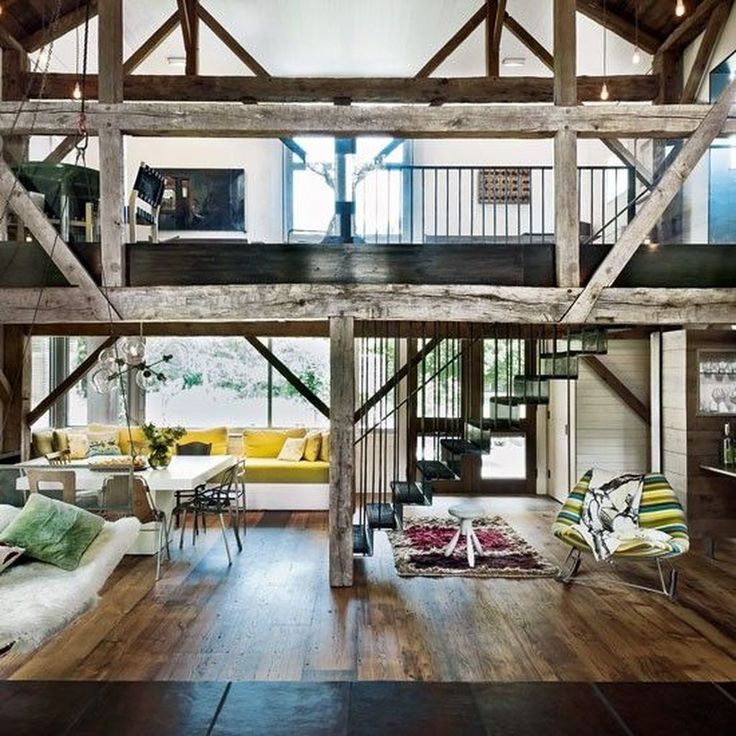 Above them, you can open an umbrella to save from the direct sun.
Above them, you can open an umbrella to save from the direct sun.
► Full project photography including incredible views of the cacti and hills of Arizona from the side of the firepit
Before Photos
Greenhaven Landscapes Inc.
3. Former farm
Location: Old Mill Creek, Illinois, USA
Size: 405 sqm
Landscape Designers: David and Jennifer Hoxsie, 9 Greenhaven Landscapes
On this farm:
in addition to the main house, there was once a small dairy that burned down several decades ago. Its remains remained on the site - three concrete walls, the skeleton of a barn and a high granary.
Greenhaven Landscapes Inc.
After: The owners asked the landscapers to redevelop the derelict space with a garden and a bocce court.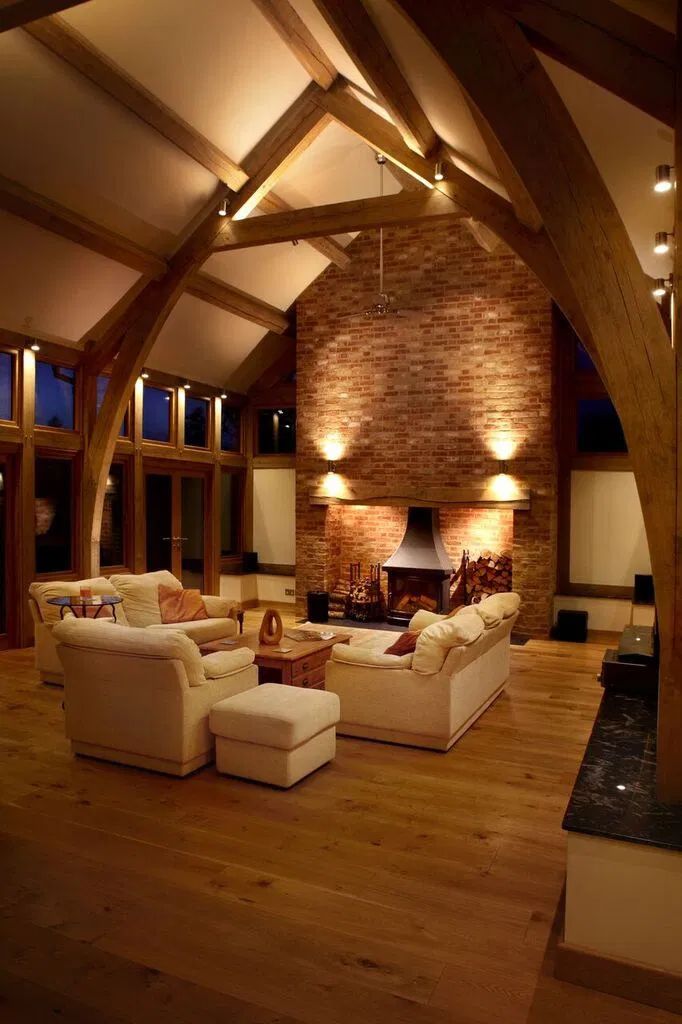 “We tried to leave the remains of the old buildings where possible in order to preserve the history of the farm,” says Jennifer Hoxsey, landscape designer for the project. And yet - they made a covered recreation area, installed pergolas for vines along the fortified walls and restored the old barn.
“We tried to leave the remains of the old buildings where possible in order to preserve the history of the farm,” says Jennifer Hoxsey, landscape designer for the project. And yet - they made a covered recreation area, installed pergolas for vines along the fortified walls and restored the old barn.
► More photos from this project, there are angles from all sides and a lot of "devastation" of the original state of site
Photo “BC”
Green Tree Garden Design Ltd
4. Open -air
place: Harpenden, UK
170 sq.m FIONA (FION Green) , Green Tree Garden Design
To: “Due to a busy schedule, we didn't really garden for a couple of years,” Liz Sergeant says of her yard. The bushes were overgrown, and bald spots appeared on the lawn.
Green Tree Garden Design Ltd
After: Landscape designer Fiona Green helped the owners tidy up the yard.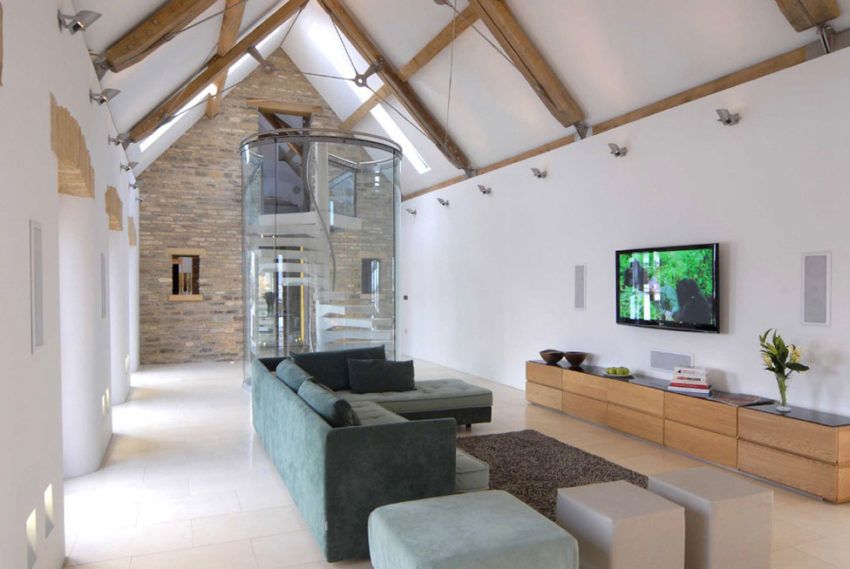 She created two parts on the site - a dining room and a mini-living room. They are connected by a small lawn and a flower bed. The garden shed was repainted, and the owner's apple and birch trees were pruned and fed.
She created two parts on the site - a dining room and a mini-living room. They are connected by a small lawn and a flower bed. The garden shed was repainted, and the owner's apple and birch trees were pruned and fed.
► More photos from this project
Before Photos
Emergent Form Architecture
5. Playroom in the garden
Location: Harlem, New York, USA
Landscape Architect: Jessica Birnbaum Pratt, Emergent Form
Before: “The owners had a lot of ideas for a small yard. They needed a living room, kitchen and outdoor playroom instead of a tiled patio,” recalls landscape architect Jessica Birnbaum Pratt.
Emergent Form Architecture
After: The old tiles were removed, the yard was landscaped and new paths laid. In the far part, a playground and a living room were placed, for which a separate lighting was provided.
